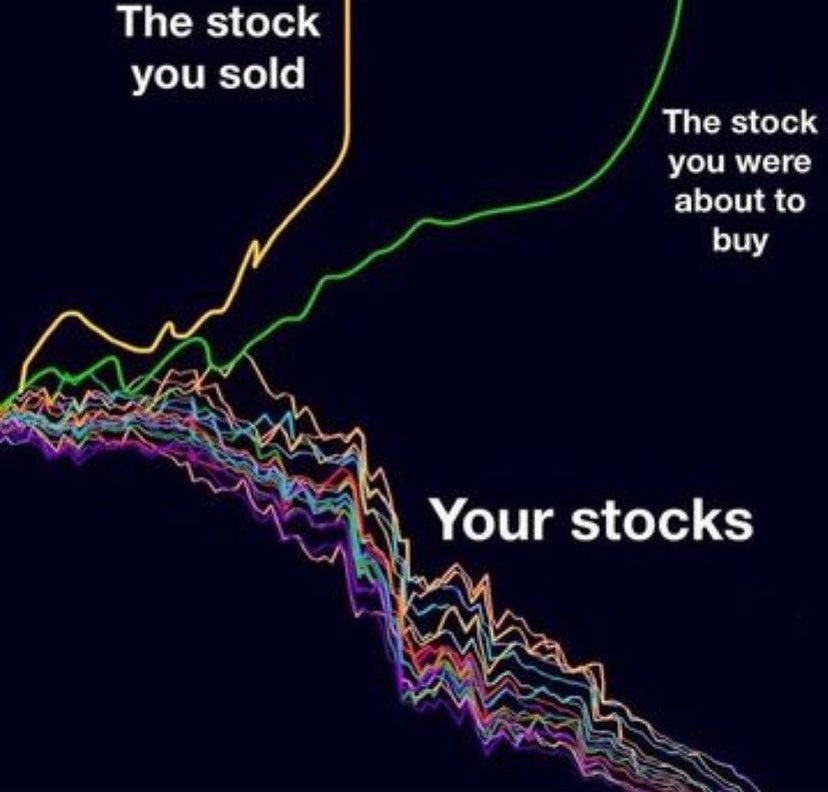Investing is full of ups and downs. Many new investors often find their portfolios looking a lot like a roller coaster ride. Stocks in the portfolio might be going down, while the one stock that was sold skyrockets, and the one that was almost bought also sees significant gains. This scenario is common and has been experienced by many investors over time.

Quick Gains vs. Long-Term Growth
When approaching the market, the mindset matters a lot. If the goal is to make quick money, there is a tendency to be impatient. This impatience leads to selling stocks as soon as there is a small profit. For instance, if a stock rises from 100 to 120, there is often a fear that it might drop back to 100, prompting a quick sale. However, markets often show short-term gains that might drop and then rise again. Patience is crucial for those aiming for long-term gains, betting on the overall growth of the market.
The Importance of Long-Term Investing
Looking at historical data, markets like Nifty have shown resilience even after significant drops. For example, Nifty has fallen by 70% in 2008 and 35% in 2020 but has always managed to recover and grow. This resilience is due to the growth-focused nature of the index, which is continuously adjusted to include top-performing companies. Investing with a long-term perspective allows investors to benefit from this growth, rather than being swayed by short-term market fluctuations.
Timing the Market
One common issue is hesitating to buy a stock due to minor price differences. If a stock is valued at 100, and an investor hesitates to buy it expecting a drop to 95, they might miss out if the stock quickly rises to 110. For long-term investors aiming for significant returns, such small price differences should not matter. The focus should be on the potential long-term growth of the stock, not on getting the perfect entry point.
Managing Falling Stocks
Having a plan for stocks that are not performing well is essential. If a stock in the portfolio is consistently going down, it might be time to reevaluate and possibly exit that position. Holding onto a losing stock in hopes that it will recover to the initial buy price is not a sound strategy. Instead, decisions should be based on the current and future potential of the stock, not past buying prices.
Investors sometimes hesitate to buy back a stock they have previously sold, especially if it has gone up in price. If a stock was sold at 120 and is now at 140 but still fits the investment criteria, it should be considered again. Past transactions should not influence new decisions. Each buying decision should be made independently based on current market conditions and the stock’s potential.

Disclaimers and disclosures : https://tinyurl.com/2763eyaz
If you have any questions, please write to support@weekendinvesting.com












